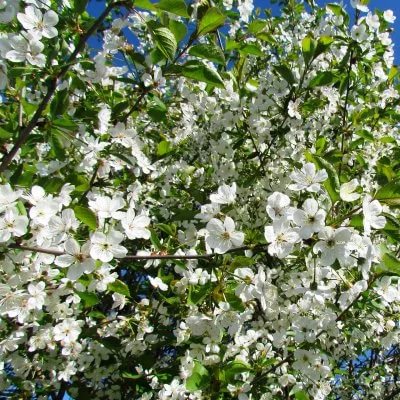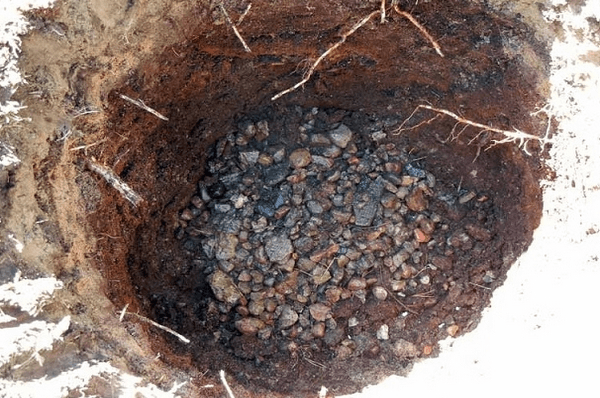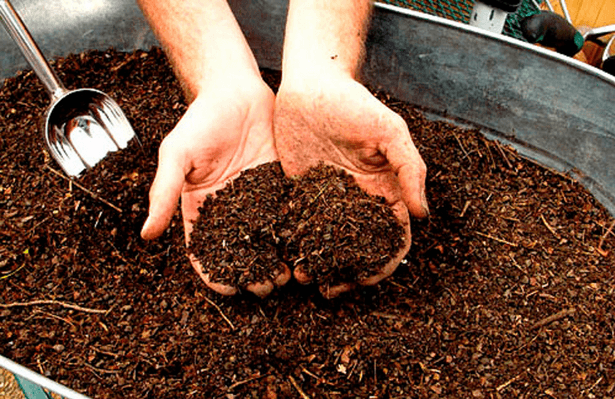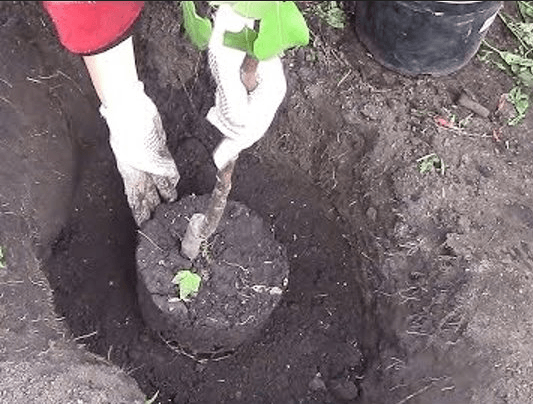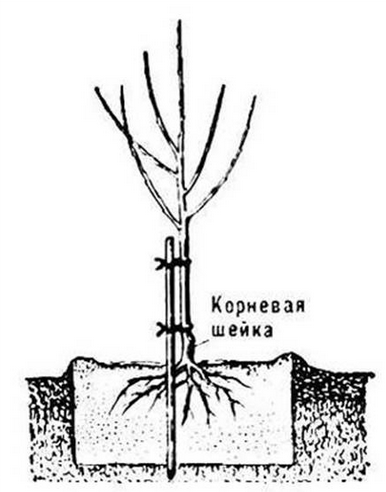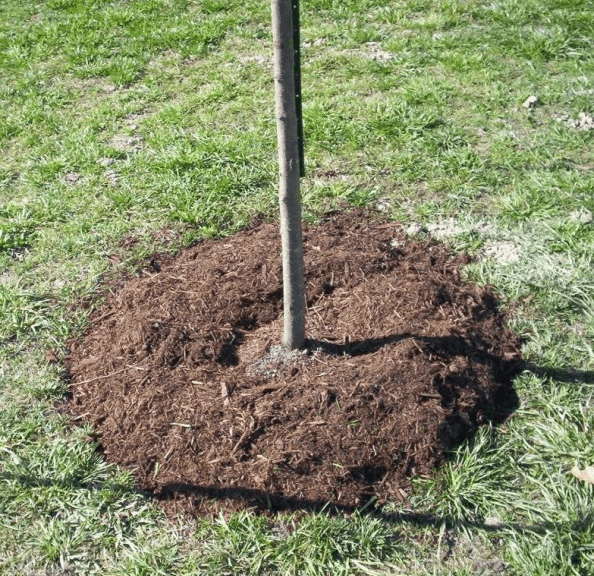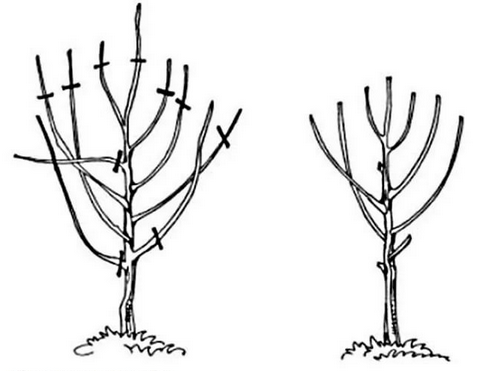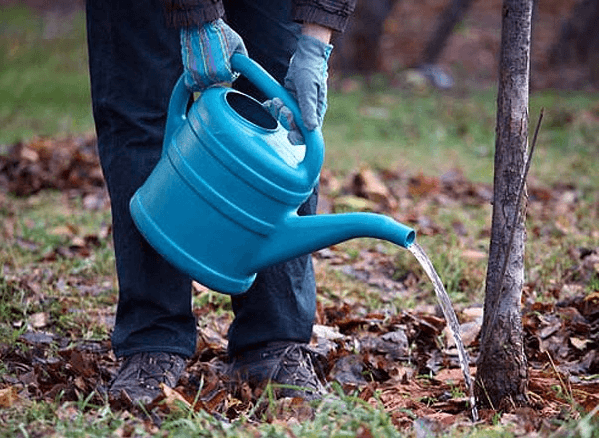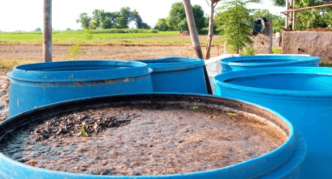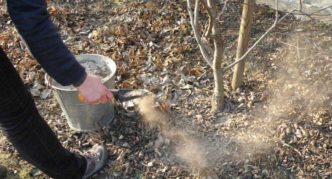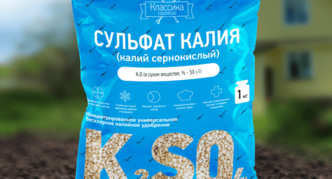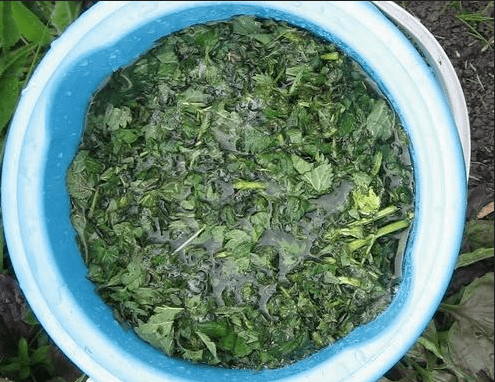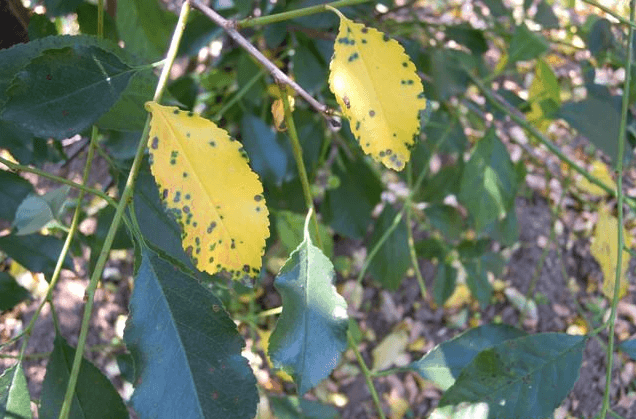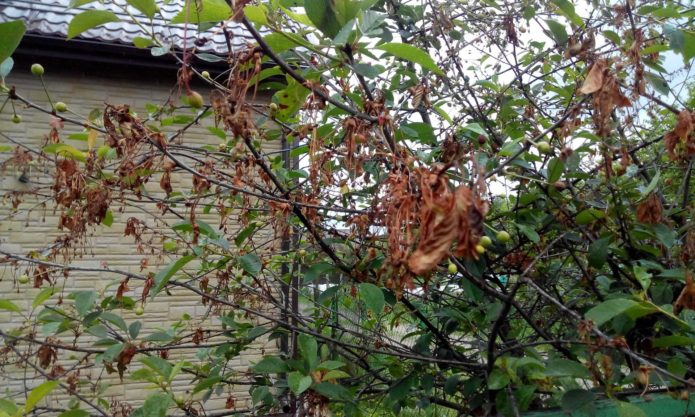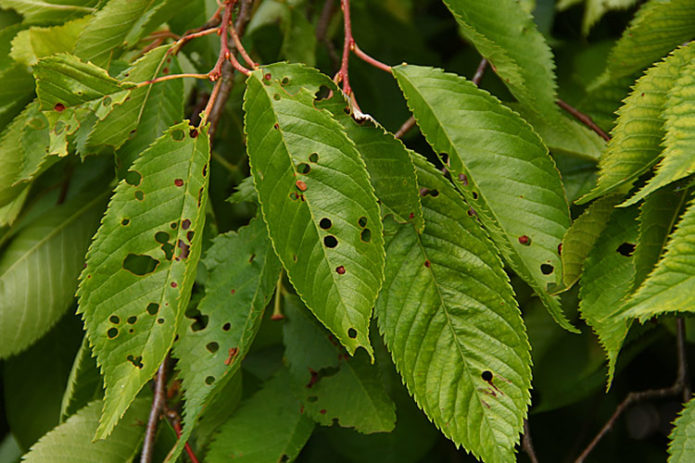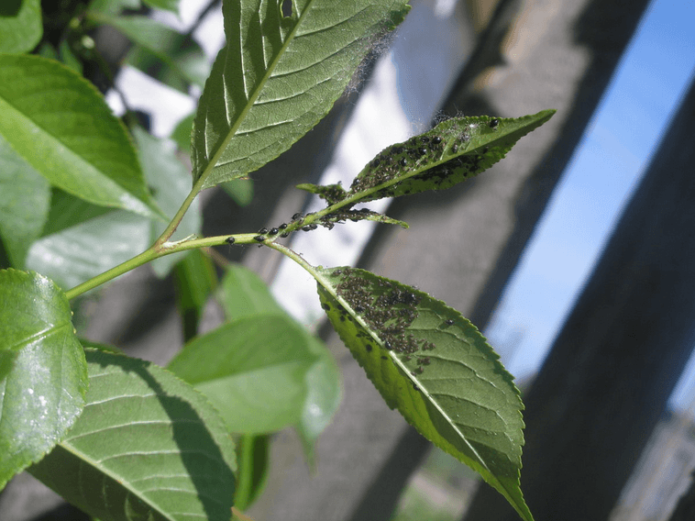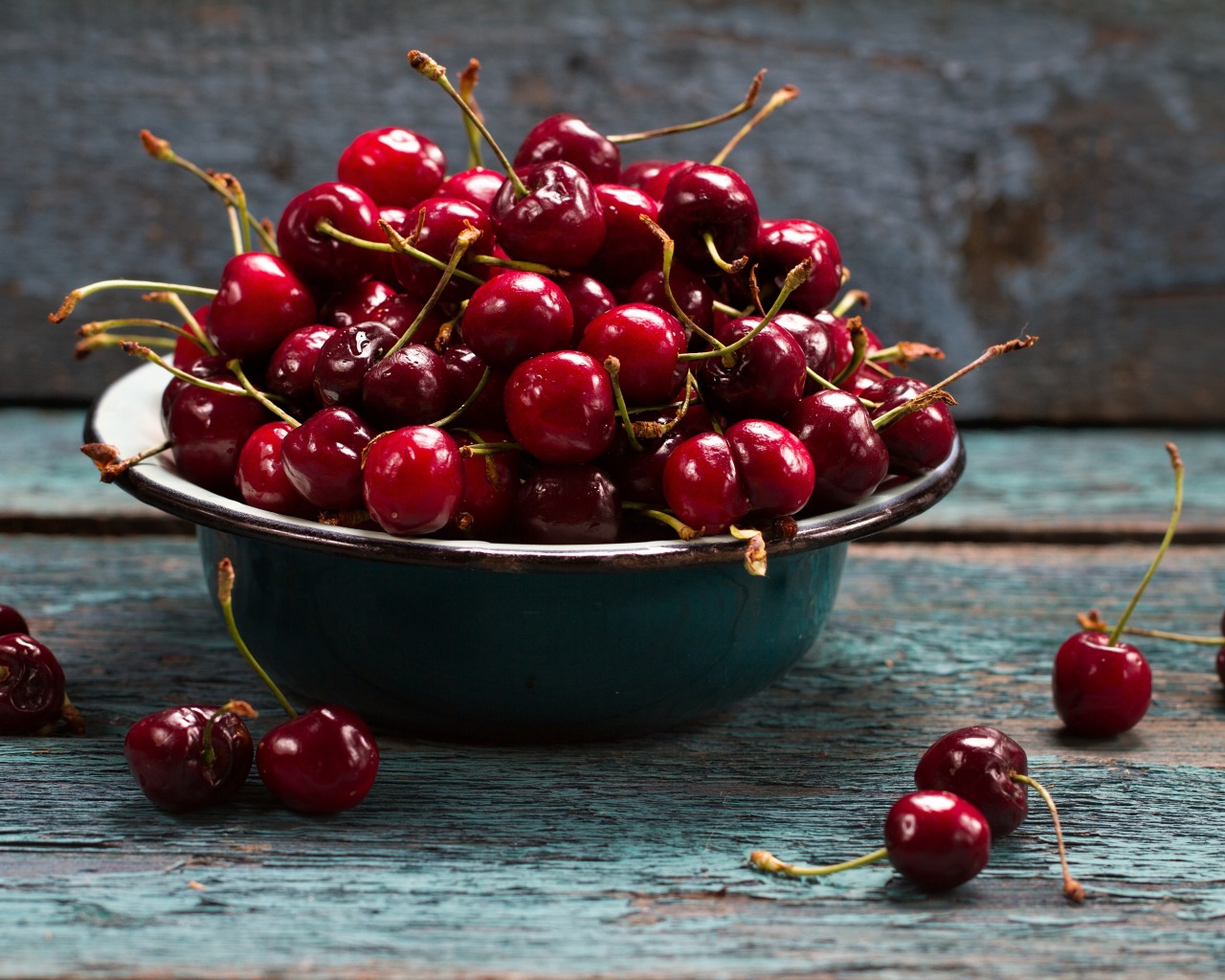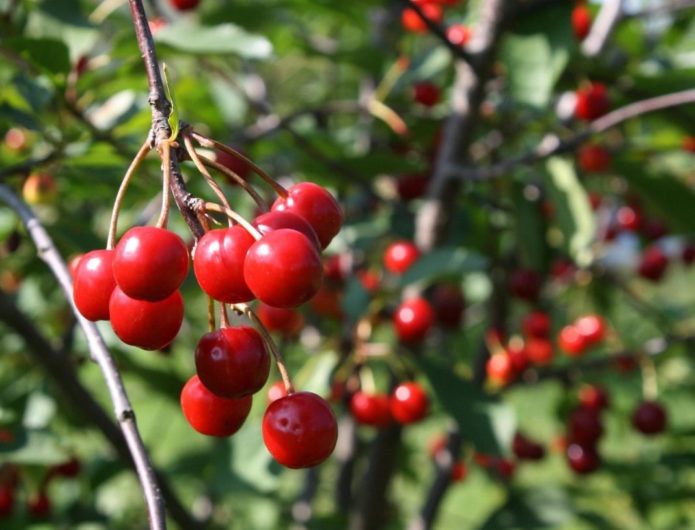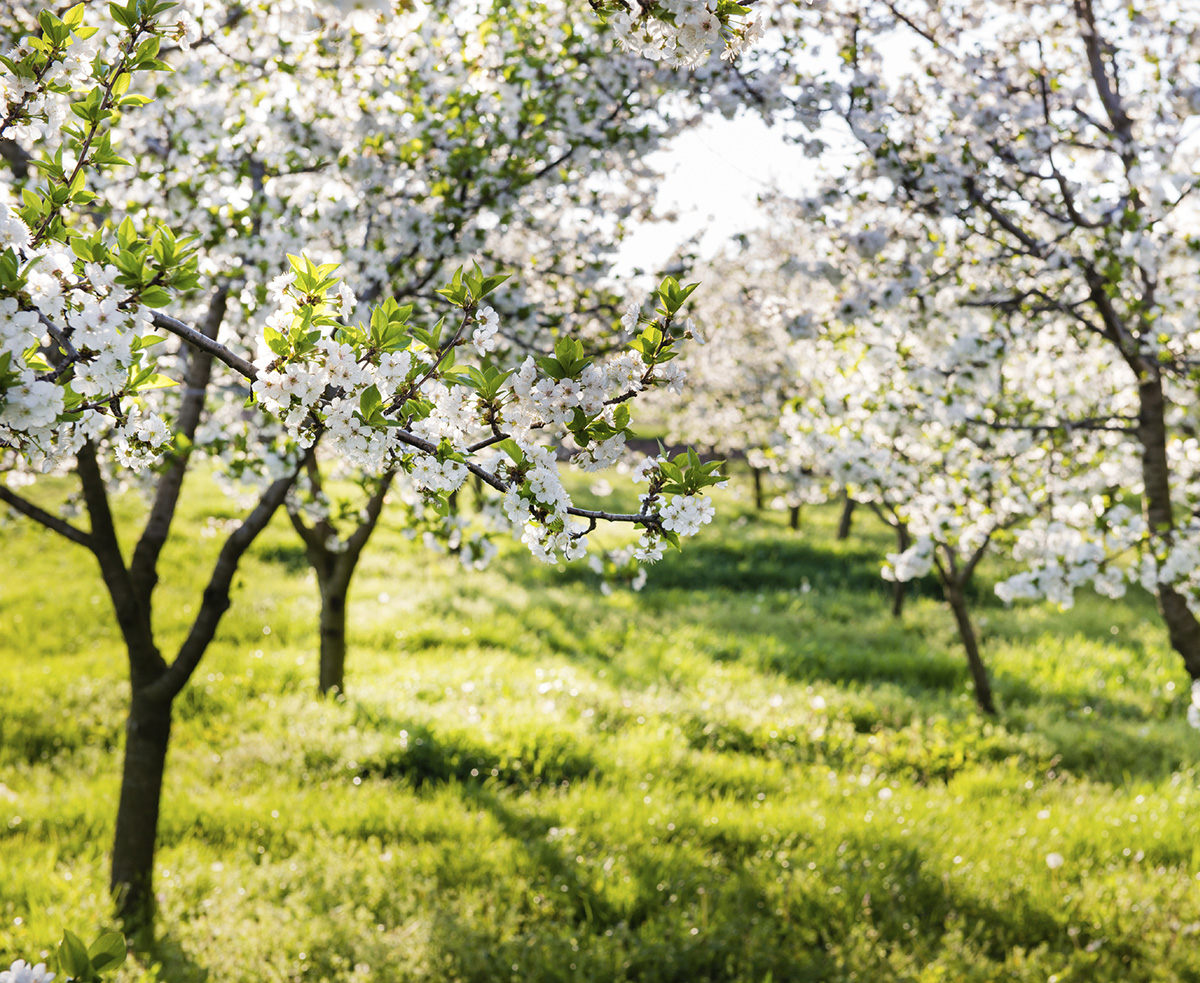Cherries are sour and sweet, round and flattened, large or smaller, they find their place in the garden. Rarely does a mischievous person miss the chance to use a cherry pit as a pinpoint weapon, and few of the girls did not build tiered cherry earrings. This is from the category of the eternal. But the cherry trees themselves are changing. Breeders are developing more and more varieties that are easy to grow: short, productive, disease resistant or adapted to a specific region. Cherry bred for cultivation in the Central region - Youth ..
Content
The history of the origin of the cherry variety Molodezhnaya
The Molodezhnaya cherry variety has existed for exactly forty years. It was bred in the late seventies by the doctor of biological sciences, a specialist in the study of stone fruit crops Hasan Karimovich Yenikeev and an agronomist-pomologist Saniya Nasatdinovna Satarova. Youth received by crossing Lyubskaya and Vladimirskaya cherries.
The new variety has inherited the best characteristics from its parents: short stature, long life, high yield; in addition, its berries have a large size, juiciness and excellent taste.
Description of the variety
Cherry Molodezhnaya was included in the State Register in 1993 and recommended for cultivation in the Central region. The tree is small, bushy type, convenient for growing and maintaining. The maximum height of the bush is 2.5 meters. The crown is wide, spreading, drooping shoots. Branching of medium density. The leaf is medium in size, bright green. The flowers are white, up to 3 cm, large, collected in inflorescences of five or seven, self-pollinated.
The fruits are rather large, rounded, slightly flattened, with a wide funnel at the base. The average weight of berries is 4.5 g. The skin of ripe berries is dark burgundy, the pulp is dark, dense, juicy, with a pleasant aroma and sweet-sour taste. The stone is small, easily separated from the pulp. Berries are equally good for fresh consumption and in preparations. They are well transported due to the dense pulp.
The Molodezhnaya cherry variety is considered reliable due to its stable annual fruiting. Average yield per tree is up to twelve kilograms of berries. Blooms in May. The berries ripen in the second half of July. Saplings are not fast-growing: fruiting begins no earlier than 3-5 years after planting. Trees live and bear fruit for up to 20 years. The cultivar is self-fertile, is a good pollinator and bears fruit better in the presence of other cherry cultivars.
Cherry Molodezhnaya is characterized by high winter hardiness. Resistance to fungal diseases is average.
Cherry planting
Since the youth cherry is self-fertile, there is a risk of being left without a crop if the pollen loses its viability. This can happen during returnable spring frosts, when the thermometer drops below +8aboutC. Therefore, it is better not to limit the number of trees of this variety to one.
Site selection and preparation of planting holes
For planting cherries of the Molodezhnaya variety, they choose sunny areas protected from cold winds, far from the occurrence of groundwater. The best landing sites are the southern or southwestern slopes. Cherry loves light soils: sandy, sandy loam or loam with a slightly acidic or neutral reaction of the environment. Since in the Central region, especially in the Moscow region, the soil is clay and acidic, some gardeners recommend preparing planting holes in autumn, and planting cherries in spring.
Preparatory work:
- Dig a hole 80 cm in diameter and 70–75 cm deep. The edges of the hole should be steep, not beveled.
- Lime crushed stone or pebbles are poured into the bottom of the pit one quarter of the height to create drainage.
- The top fertile layer is mixed with humus, compost or peat in a 1: 1 ratio. High-moor peat is acidic, so low-lying peat is preferable.
- Add 5 kg of dolomite flour and a bucket of sand to the soil mixture, mix well.
In this form, the pit is mulched and left until next year.
Step-by-step planting instructions
In spring, healthy young seedlings of Molodezhnaya cherry trees are purchased in a reliable nursery and they start planting. It is better to buy seedlings in containers: they are easier to transport.
The planting process is as follows:
- In the planting pit prepared in the fall, a recess is made corresponding to the height of the container.
- Carefully remove the container, trying not to damage the earthen ball, and plant a tree. With this method, the stress from the transplant is less.
- In this case, the root collar of the seedling should rise 5–6 cm above the soil level.
- The soil is carefully tamped, forming an irrigation hole.
- Water the seedling abundantly until the water is no longer absorbed.
- The trunk circle is mulched with humus or dry peat to reduce water evaporation.
- Immediately after planting, the first pruning is carried out, stimulating branching.
Youth Cherry Care
Due to the high winter hardiness, no special measures need to be taken to prepare the trees for winter. And due to the peculiarities of the structure, Molodezhnaya cherry is a variety that is convenient for growing. Small growth allows high-quality pruning and preventive antifungal spraying. In addition, cherries need watering and feeding from time to time.
Also, stone fruit experts recommend a thorough autumn whitewashing of the trunk and main skeletal branches in order to prevent the development of sunburn and frost damage.
Watering
It is important for cherries to get enough water during the season. Excessive watering, as well as drought, is undesirable for the tree. Waterlogging will lead to decay of the roots, and with a lack of moisture, the ovary may fall off.
The tree needs abundant watering:
- during the flowering period;
- during the formation of ovaries;
- after harvest;
- 3-4 weeks before autumn frosts.
6-7 buckets of water are brought under each tree.
The rest of the time it is watered as needed, checking the condition of the soil under the mulch. Uneven watering can cause the fruit to crack.
Top dressing
After placing organic matter in the planting pit in the next 3-4 years, you don't have to worry about fertilization. In the future, the cherries require regular feeding.
- Before flowering, the near-stem circle is watered with a solution of nitrogen-containing fertilizers: urea (carbamide), ammonium nitrate. Nitrogen causes intensive growth of young shoots.
- During the flowering period, organic substances are introduced: humus, chicken manure solution or slurry.
- In the summer months, cherries require 2-3 feeding with organic matter or nitrogen fertilizers.
- In autumn, when preparing trees for wintering, it is necessary to saturate the soil with potassium and phosphorus. Organic fertilizers are good to use. For example, wood ash is a good source of potassium. If you add 400-500 ml of ash under each tree, you can provide it with the necessary amount of potassium and deoxidize the soil.
- Phosphate and potash fertilizers can be applied throughout the season.
Photo gallery: organic and mineral fertilizers for feeding cherries
- Slurry solution is the best organic fertilizer
- Humus is good for mulching the trunk circle in the fall
- Urea contains nitrogen, which the tree needs during flowering
- Ash serves as a source of potassium and helps to reduce soil acidity
- Cherries need potassium to prepare for winter
Experienced gardeners use freshly cut grass as a siderat, mulching the trunk circle with it. This simple measure allows you to reduce the evaporation of water, keep the earth ball in a loose state, suppress the growth of weeds and saturate the roots with organic matter as the grass overheats. At the same time, due to the fact that there is no excessive watering, a high saturation of the roots with oxygen remains.
For summer dressing, gardeners often use nettle infusion. He prepares simply:
- Nettles from all over the site are placed in an irrigation barrel.
- Plants are filled with water and infused for several days.
- When the smell becomes obvious, you can water the trees by diluting the infusion with water 1: 1.
Gardener-practitioner Galina Kizima recommends using not only nettles, but also other weeds for top dressing. Preparation of infusion from fermented weeds for feeding:
- Fill the container with weeds cut out to 3/4 of its volume and fill it with water to the same level so that there is room for fermentation, otherwise the slurry will overflow.
- Cover with foil and tie so that nitrogen does not escape from the container, and oxygen, on the contrary, does not enter it. The best result is obtained with methane fermentation, that is, without oxygen.
- After about two weeks, fermentation will complete and a stable smell will appear. The infusion is ready.
- The infusion is diluted with water in a ratio of 1: 2 for root dressing and 1: 5 for foliar dressing.
The infusion of weeds disorients the pests with its smell, and they fly around the beds they have treated. It is recommended to combine top dressing with infusion with watering. The remaining grounds can be put into compost or covered with other garden or garden plantings.
The smell from the infusion can be significantly reduced by adding valerian to the weed container along with the root. You can put in the infusion wheatgrass along with the roots, flowers of coltsfoot, dandelion, as well as all other weeds. Diseased plants should not be used, it is better to burn them.
Pruning
In cherries, the youth crown itself is not thickened, so pruning comes down to removing broken, diseased, overlapping branches growing inward. Regular pruning is carried out in order to sanitize and improve the illumination and ventilation of the crown, which ultimately leads to an increase in yield.
Video: pruning cherries
https://youtube.com/watch?v=5FuJqo8XFXc
Prevention of fungal diseases
The causative agents of fungal diseases are sensitive to copper-containing preparations, therefore, treatment with a 1% solution of copper sulfate or Bordeaux liquid in early spring will prevent the development of diseases. It is necessary to spray not only the planting of cherries and cherries, but also all stone fruits and fruit bushes on the site. When the first signs of damage occur, diseased branches are immediately removed and burned. If necessary, you can repeat the treatments during flowering and immediately after harvest. Sick fruits are harvested and burned together with fallen leaves.
The foliage of diseased trees should not be laid in the compost, since the causative agents of fungal diseases tolerate low temperatures well and remain pathogenic.
Diseases and pests of cherries and methods of dealing with them
Cherry Molodezhnaya is sometimes susceptible to the main fungal diseases of stone fruit.
Coccomycosis
Coccomycosis is one of the most common cherry diseases. Its causative agent spreads quickly and infects plants in warm and humid weather. When infected, the leaves turn yellow, small brown specks form on them, which grow and dry out. Affected leaves fall very early.
Control measures:
- treatment with fungicidal preparations several times over the summer;
- collection and burning of fallen leaves.
Moniliosis
Primary infection occurs during the flowering period. At this time, gardeners often mistake the disease for the defeat of recurrent frost. Secondary infection is facilitated by fruits containing the pathogen fungus. The rainy weather favors the spread of moniliosis.
Control measures:
- collecting and burning fallen leaves and infected fruits;
- pruning and burning of burned branches;
- loosening the trunk circle in the crown diameter;
- fungicide treatment.
Clasterosporium disease
Another name for the disease is perforated spotting. It affects leaves, shoots, flowers. When infected, brown spots appear on the leaves, which dry out over time. Subsequently, holes remain in their place. Infected leaves fall off, fruits dry up.
Control measures:
- fungicide treatment several times per season;
- removal and burning of fallen leaves and affected fruits and shoots;
- soil cultivation with copper sulfate.
Cherry aphid
Cherry plantings are often bothered by aphids. She loves all members of the Rosaceae family. Insects settle on young green shoots and the back of leaves and feed on their sap. The affected foliage curls and withers, and the tree weakens, reduces the number of new shoots, loses productivity and becomes more vulnerable to pathogens of fungal diseases.
To get rid of an uninvited neighborhood, do the following:
- in the spring, plantings of fruit trees and shrubs, as well as flowers, are sprayed with Biotlin solution according to the instructions;
- repeat processing before flowering;
- loosen the trunk circle;
- destroy anthills and weeds around plantings.
Reviews
The youth cherry has ripened (or almost ripe ..). I liked it very much! The berries are sweet and sour, even more sweet (those who managed to ripen to dark red 😛) I am very pleased! And how happy he is! it is a pity that the cherry is only half a meter high. And already such a burly is worth! Tell me, pliz, experts - are they cutting cherries now? sense - do they form a crown? Hmmm. She is so small for me that the word "crown" is hardly suitable for her ...
Youth - the berry is tasty, sweet, with a slight astringency, dark cherry, not small. Zhukovskaya is sweet, dark red, the size of Molodezhnaya. I didn’t like the fact that the berries are crumbling and covered with dark spots.
When the circle of vital interests shrinks to six acres, densely planted with trees, Molodezhnaya cherry comes to the fore as a compact but reliable supplier of joy in the form of fragrant tart berries.
